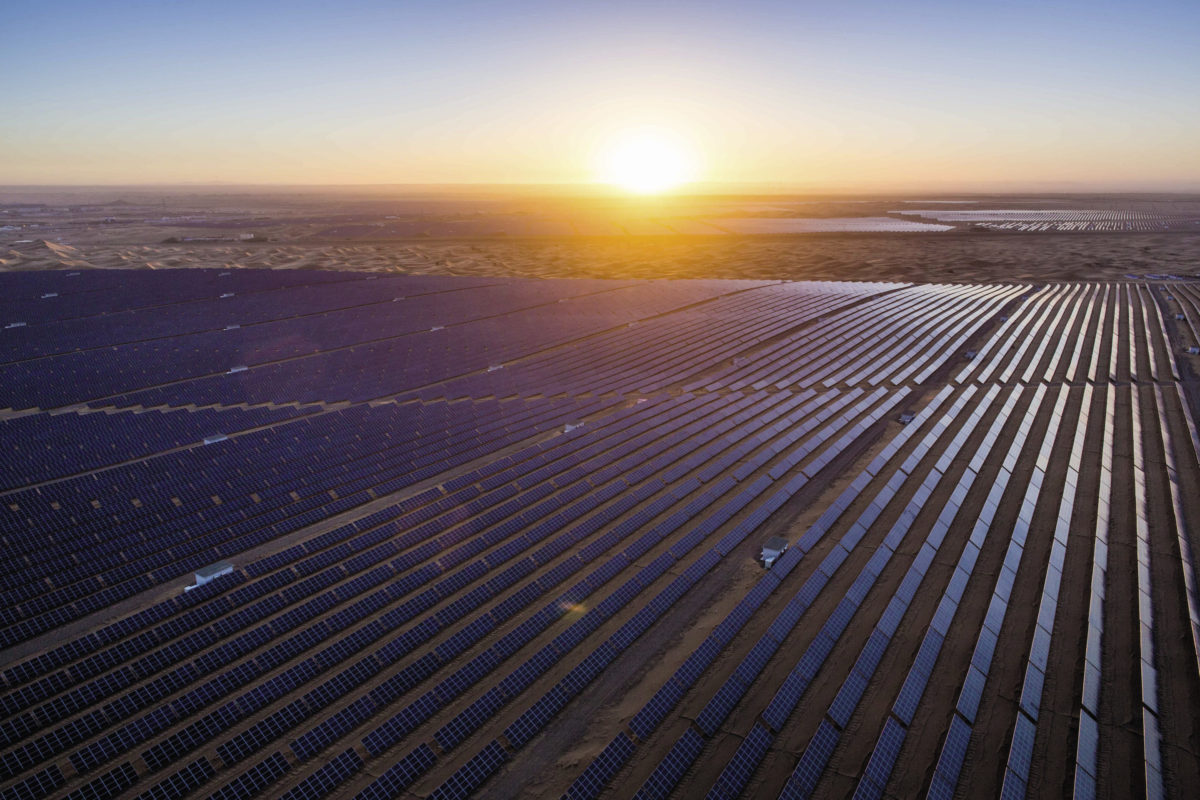The head of China’s solar industry association has stated the National Energy Administration is fine-tuning its solar policy for next year and will formally publish its decision shortly.
Wang Bohua, secretary-general of the China Photovoltaic Industry Association (CPIA) was attempting to reassure more than 500 industry representatives in Shenzhen last week that the policy vacuum which delayed project deployment this year would not recur in 2020. However, he may have stoked fears about public subsidies for large-scale solar with newswire Reuters reporting in late November Beijing was ready to halt all payments for utility scale projects at the end of this month, a year earlier than previously stated. pv magazine has been unable to substantiate that claim.
Wang appeared to confirm the slowdown in Chinese PV capacity installation by predicting only 40 GW of new solar will be added next year.
Such an outcome would mark a sharp rebound from this year, which saw only 17.5 GW of new capacity added to the end of October, according to CPIA figures, a total which appears unlikely to pass 30 GW even in the event of an end-of-year project surge that has thus far shown little sign of taking shape.
Problems
However, 40 GW would mark a retreat from the record 53 GW of solar generation capacity added in 2017 and appears more optimistic than the 20-25 GW per year predicted for China, into the middle of the decade, by GCL System boss Eric Luo, who was speaking to Reuters at an industry event in Yunnan in September.
Wang cited policy setbacks, shortages of capital and land and grid connection problems among the reasons for China falling short of the 40-50 GW of new solar it was expected to add this year.
Popular content
China’s new national solar policy – including the removal of quotas in some provinces for grid parity projects and an auction regime to determine the tariffs paid to subsidized capacity – was introduced so late in the year projects were delayed and further hold-ups occurred when local authorities were slow to act upon instructions from Beijing to make land available for solar.
Payment hold-ups
The late payment of solar tariffs, as the government grapples with a huge PV subsidy deficit, has caused financial hardship for private developers. Many state-owned businesses instead focused on wind power capacity as a deadline for subsidized installations loomed.
CPIA head Wang tried to end on a positive note by emphasizing the problems listed were coming to an end, enabling a first-half recovery in the new year for a 40 GW market in 2020, boosted by a project hangover from this year.
“Our PV installation will recover soon and now it is the time to consider more about a healthy and sustainable development of China’s PV industry,” he said.
This content is protected by copyright and may not be reused. If you want to cooperate with us and would like to reuse some of our content, please contact: editors@pv-magazine.com.


The capacity building alone does not give the actual picture unless the actual energy derived from these sources over a period are analyzed along with storage aspects.